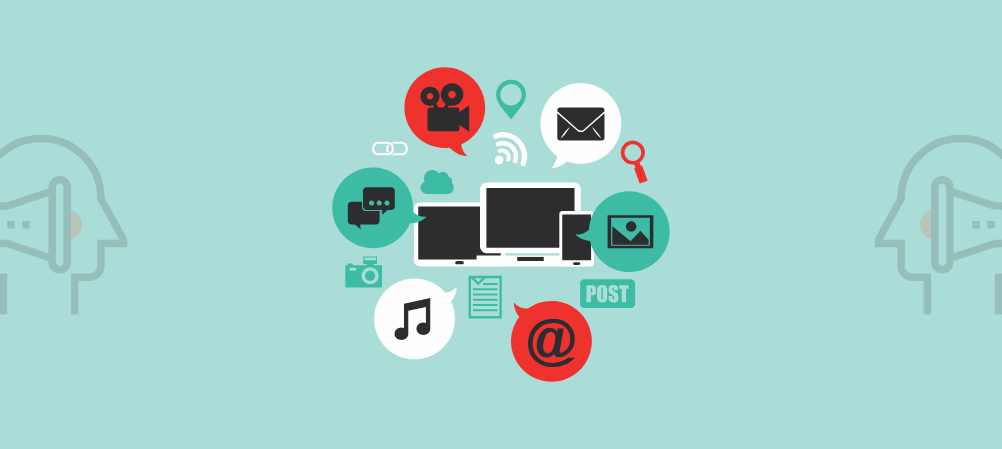Nowadays, almost every website that has something to offer, ranging from selling products to offering free eBooks, has the so-called “Call To Action” (CTA) button or page. As you might have imagined, these buttons or pages are designed to encourage consumers to take the desired action.
That action can be anything from subscribing to an email newsletter to converting someone into a customer. However, simply having a CTA isn’t really enough to nudge people in the right direction. If you suddenly stumble upon a message saying something along the lines of: “Hey, come here and find out more,” you won’t immediately go for it.
People tend to be skeptical, and they won’t give in that easily. That’s why CTA optimization is of vital importance. Simply put, you have to make your CTA truly inspiring to encourage people to do what you want them to do. Otherwise, they might get irritated and bounce off. With that in mind, here are a few of the best practices for optimizing your calls to action.
Don’t overwhelm your audience
CTA is meant to be short, simple and on point, and you should stick to those rules when optimizing your CTAs. The main reason is that you want to avoid overwhelming your target audience with flashy messages that are too long and basically dull.
It kind of looks like you’re overdoing it there. Therefore, keep it short and keep it memorable. CTA messages, such as subscribe now, learn more, get started and so on, tend to be more effective than long messages trying to explain your intent.
Moreover, if you turn that message into a CTA button that you’ll strategically place across your website, then it will be even more effective. In other words, it’s all about sending the right message, at the right time and at the right place.
Leverage urgency
This tactic works exceptionally well for companies that sell stuff via their website, like the eCommerce stores, for example. A sense of urgency tends to encourage consumers to make up their minds faster and click on your CTA. That said, your CTA needs to be well-designed for this to work so you can’t be sloppy about it.
A sense of urgency creates a psychological effect also known as the fear of missing out (FOMO). For instance, you place a time limit on your offer and include a countdown timer in your CTA. This will show people that they don’t have a lot of time to weigh their decision.
As they fear that they’ll miss out on a good opportunity, such as a discount, coupon, or some other incentive, they will most likely click on your CTA. Another thing you can do is to include the number of items available in stock for the duration of the offer. As people buy up the product and the number slowly decreases, other consumers will make haste to make a decision while the item is still available.
Be creative
As mentioned before, for CTA optimization to work in your favor, you have to design them well. This is where creativity and innovation can be of great assistance. Visuals are your best friend in this endeavor, so don’t hesitate to leverage their full potential.
For instance, you should pick the right color and the right graphic design for your CTA button. However, some companies take a step further to be truly creative when it comes to optimizing their CTA. As an example, some companies use the .me domain extension to personalize an entire web page and turn it into a giant CTA.
Most people think that optimizing CTA revolves around visuals, but no one said you can’t take it further and use a domain to your advantage. The fact of the matter is that consumers like things that are creative, innovative, and well-designed. Moreover, they like to see something uniquely-made every now and then. Surprise your audience with creativity, and your message will be well-received.
Choose where to place CTA
CTA button placement is an important part of optimization. Everyone will tell you to focus on the message and the visuals, but a few people will actually tell you where to place your buttons for the best result possible.
CTA button placement depends on the circumstances, situation and, of course, your audience’s preferences. That said, you’ll have to carefully consider where and how to place your CTA buttons. You have to place them so everyone can see your CTA and memorize it but also avoid being intrusive and too pushy about it. Here are a few examples you should consider:
- At the top of your page
- Near the search bar
- Bottom of the page or blog post
- Right in the middle of the page
- As a welcome pop-up window on your landing page
- Included in your email marketing newsletter
CTA optimization seems like something that’s not really relevant, but it actually is. If you don’t optimize your CTA the right way, it simply won’t have the same impact as you’d expect. Encouraging people to take the desired action requires more effort than it meets the eye.
Hazel Raoult is the Marketing Manager at PRmention, a digital PR agency for SaaS and Tech Businesses.

